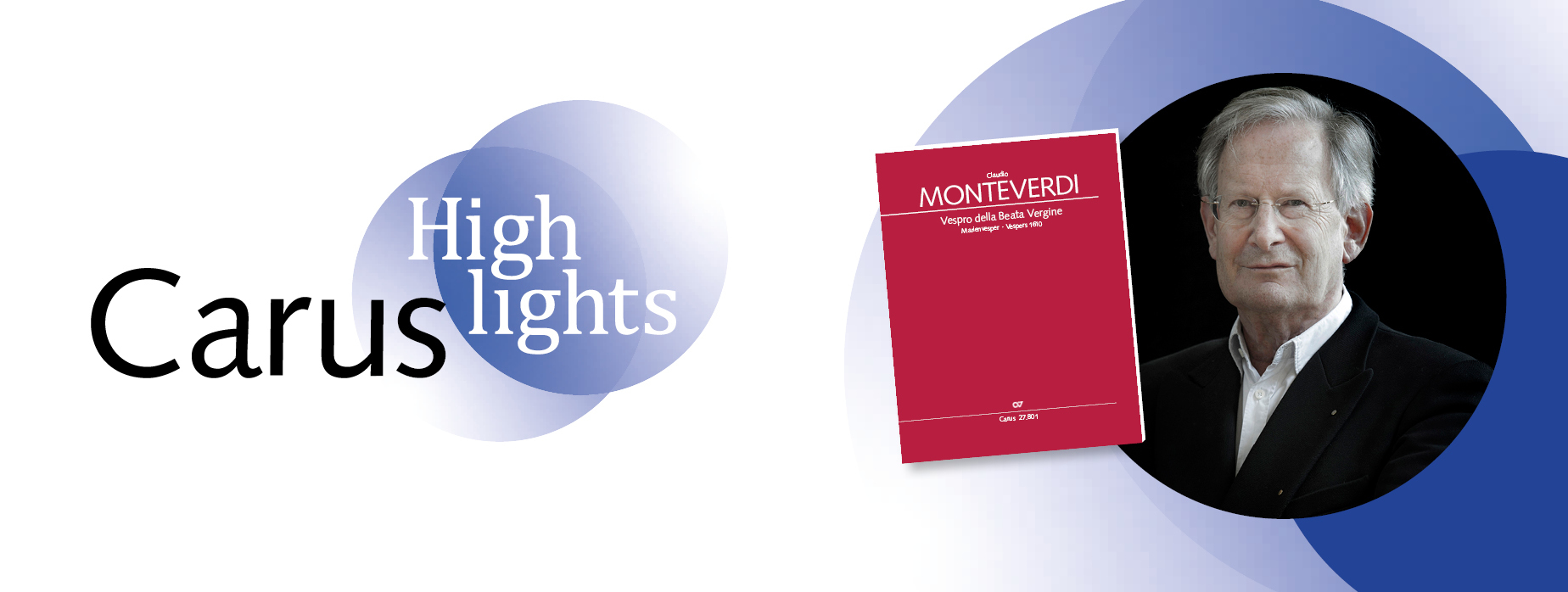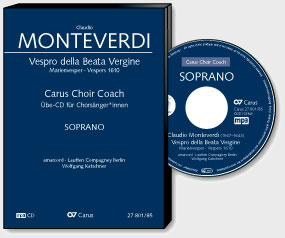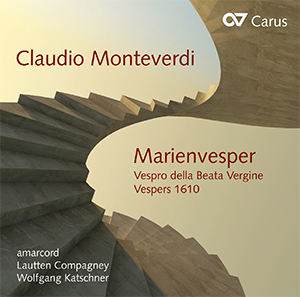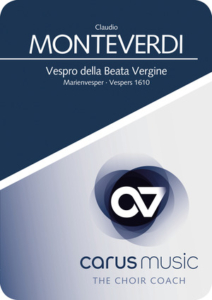A ritualized drama
Sir John Eliot Gardiner about Monteverdi’s “Vespers 1610”
50 years of Carus – 50 years of passion for choral music, which we share with you. In the Carus anniversary year, each month in the CARUS blog prominent choral directors present their personal highlight from five centuries of choral music for you.
Monteverdi’s Vespers 1610 represents a landmark in the sacred music of the past four hundred years. What brings it to life in performance is its power to evoke time and space, darkness and light. There are few works that can harness one’s attention so closely, inviting one not merely to listen and watch, but to be drawn in and engage with it ritualized drama and to immerse you physically, mentally and emotionally in its unfolding. I know of no equivalent to its glorious admixture of intimate and sumptuous music.
Of course Monteverdi also allowed for (and himself possibly directed) piecemeal performances of his psalm-settings, hymn, canticle and solo motets. After all, he needed to sell his 1610 publication, and few potential buyers had access to the lavish musical resources, say, of the Basilica of St. Mark’s San Mark’s in Venice.
However, as the years go by I have fewer and fewer qualms about viewing Monteverdi’s Vespers of 1610 as a coherent ‘work’ – in fact, in seeing it as the first ‘magnum opus’ of its kind: one that set the standard for subsequent works, outshining them all until the time of Bach’s Passions and B minor Mass.
Sir John Eliot Gardiner stands as an international leader in today’s musical life. His work as Artistic Director of his Monteverdi Choir, English Baroque Soloists and Orchestre Révolutionnaire et Romantique has marked him out as a central figure in the early music revival and a pioneer of historically informed performance.
Claudio Monteverdi. Vespero della Beata Vergine (“Vespers 1610”)
Carus 27.801



 Monteverdi’s Vespers 1610 is now one of those pieces – like Handel’s Messiah or Bach’s Passions – which every choral singer wants to sing at some point. But reading the music notation alone is a challenge for choral singers more familiar with 18th and 19th century repertoire! And you have to get used to the church modes, the independence of the individual parts, the strongly contrasting sections, and much more besides. Then a performance will be an unforgettable experience. Guaranteed!
Monteverdi’s Vespers 1610 is now one of those pieces – like Handel’s Messiah or Bach’s Passions – which every choral singer wants to sing at some point. But reading the music notation alone is a challenge for choral singers more familiar with 18th and 19th century repertoire! And you have to get used to the church modes, the independence of the individual parts, the strongly contrasting sections, and much more besides. Then a performance will be an unforgettable experience. Guaranteed! 



Leave a Reply
Want to join the discussion?Feel free to contribute!